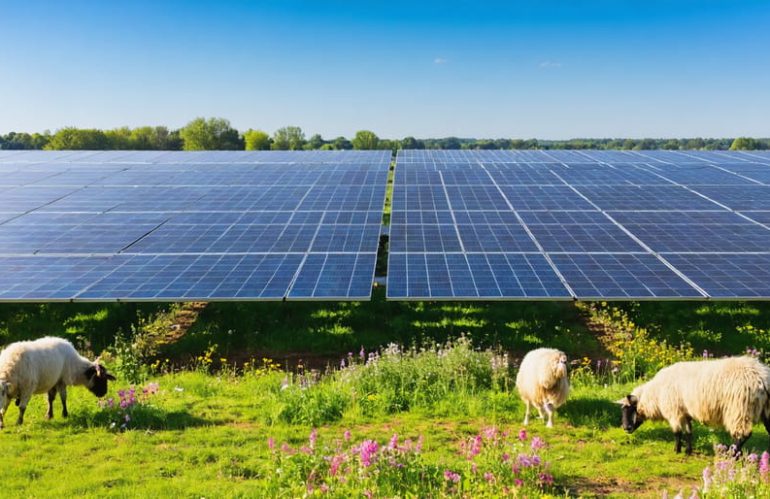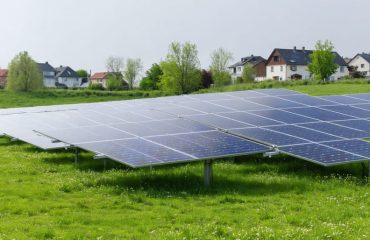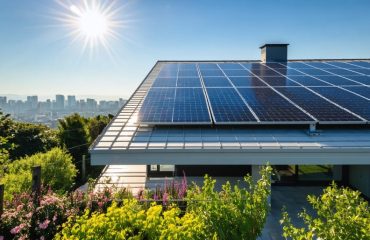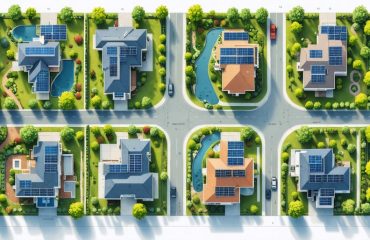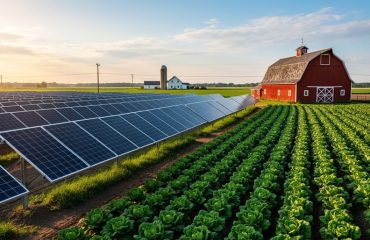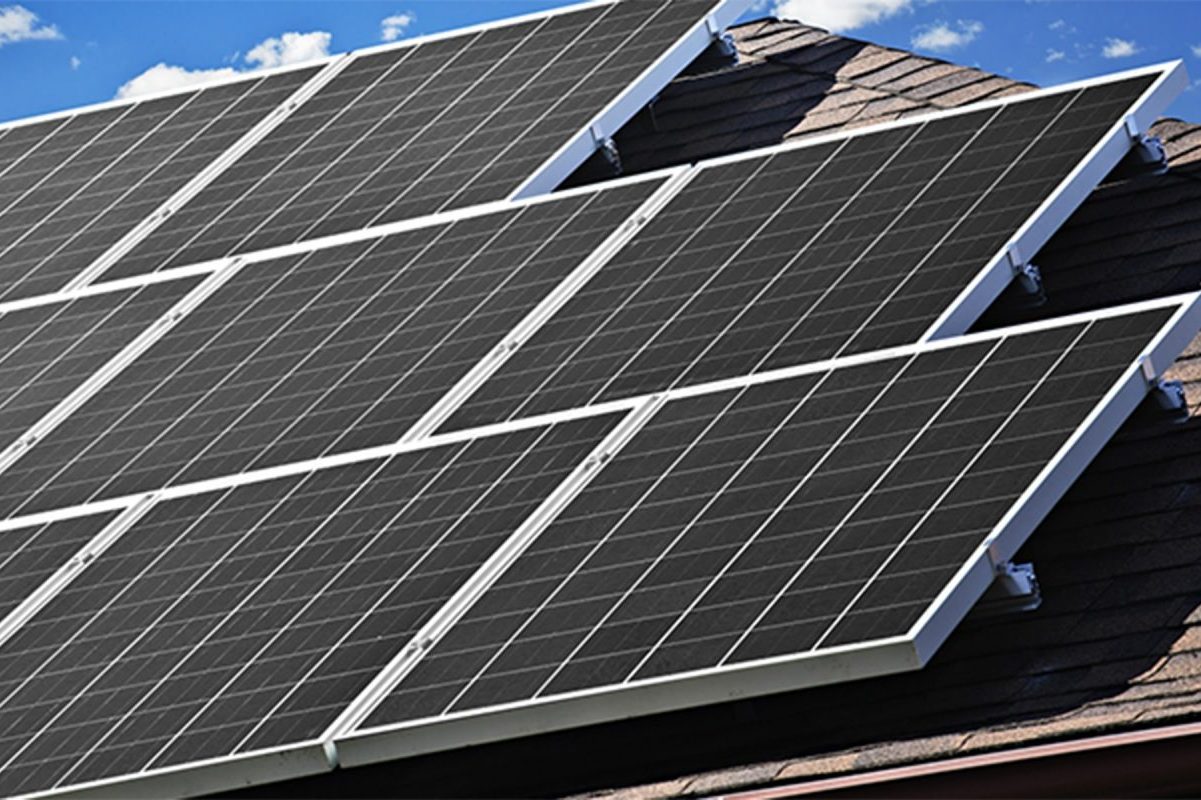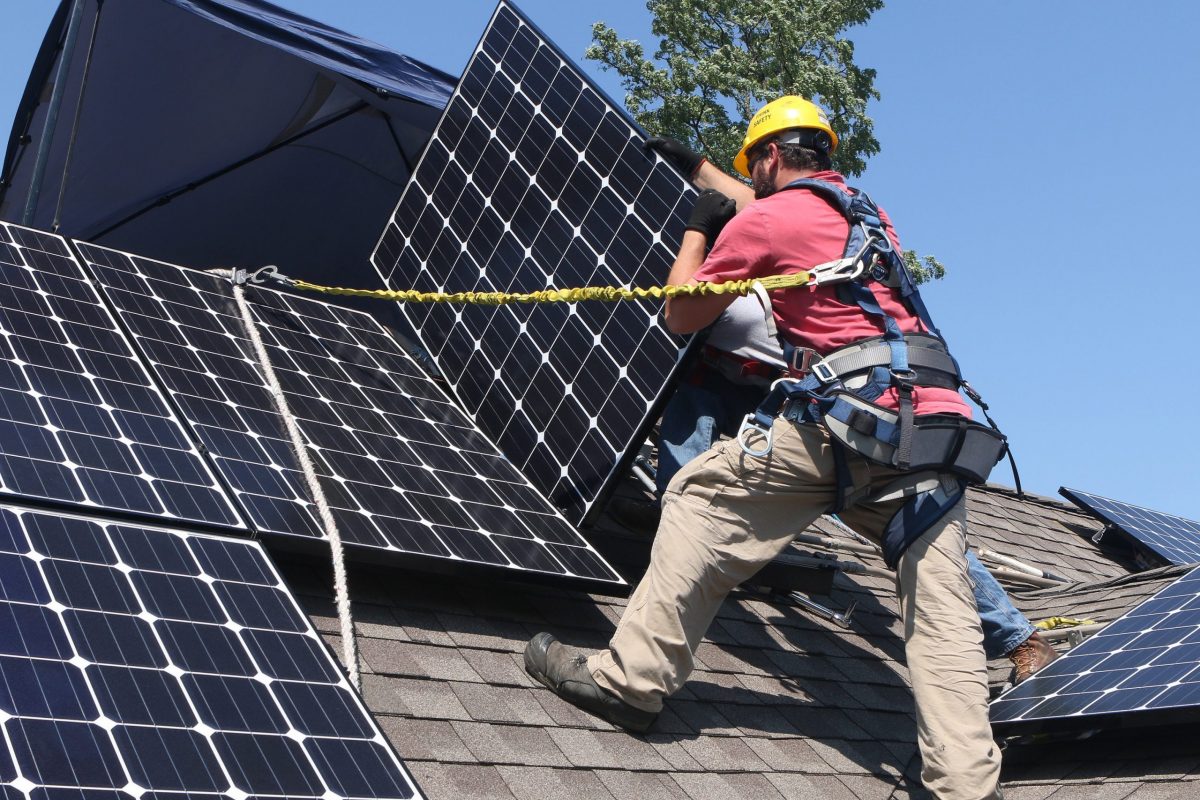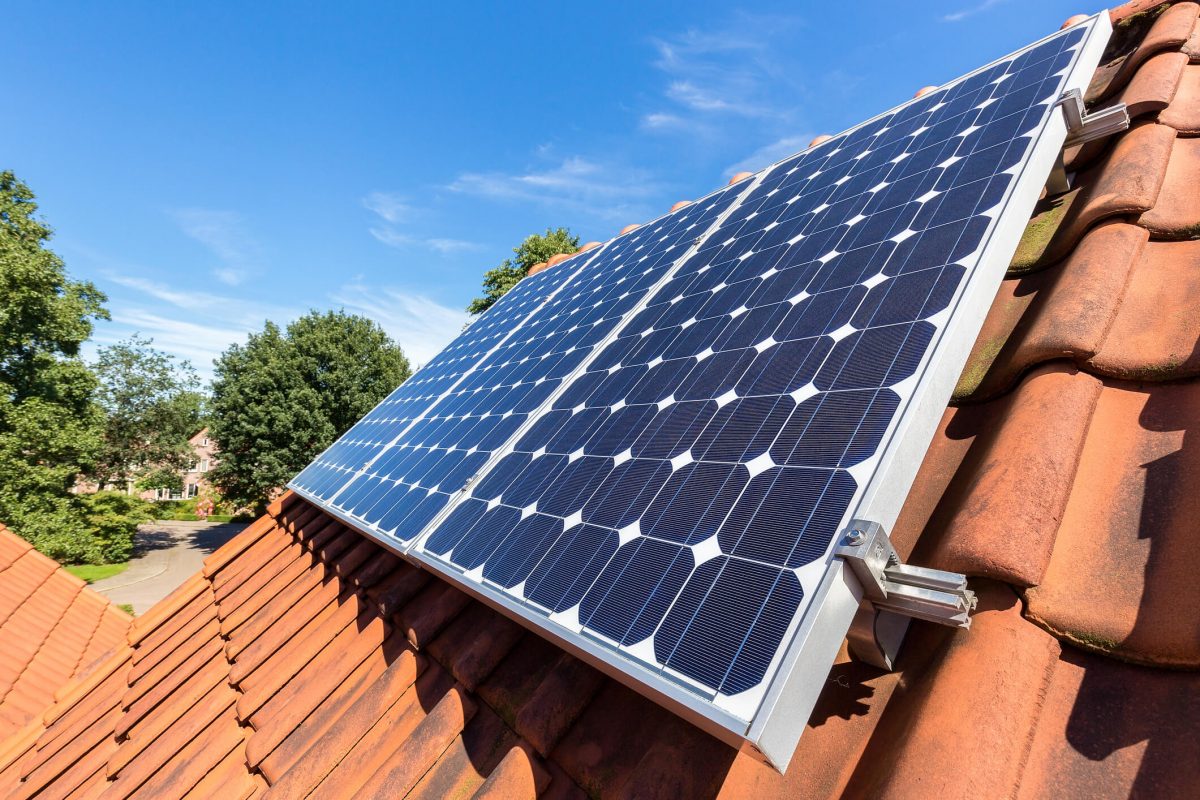As renewable energy adoption accelerates worldwide, solar farms emerge as a pivotal solution in our transition to clean power – yet their environmental footprint sparks important discussions among conservationists, landowners, and energy developers. These utility-scale solar installations, while crucial for reducing carbon emissions and fossil fuel dependence, transform hundreds or thousands of acres of land, creating complex interactions with local ecosystems and wildlife habitats. Understanding these impacts is essential for developing sustainable solar projects that maximize clean energy production while minimizing environmental disruption.
Modern solar farms represent a delicate balance between clean energy benefits and local environmental considerations. From habitat modification and land use changes to potential wildlife corridors and soil conservation strategies, these facilities require thoughtful planning and management. By examining both the challenges and opportunities presented by large-scale solar installations, we can better understand how to harness solar power’s tremendous potential while protecting and even enhancing local ecosystems.
The Land Use Reality of Solar Farms
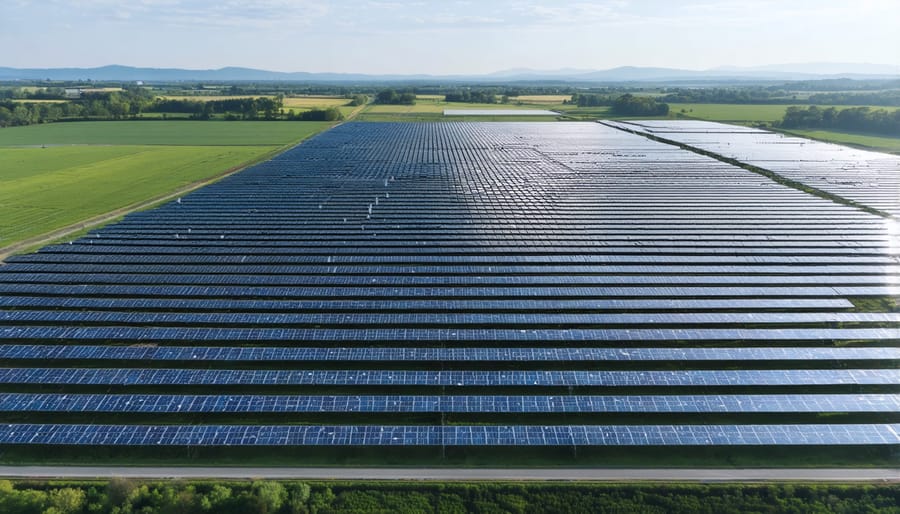
Space Requirements Per Megawatt
A typical solar farm requires approximately 4-5 acres of land per megawatt of capacity, though this can vary based on the technology used and local conditions. Modern solar installations are becoming increasingly efficient with space usage, with some utility-scale projects achieving ratios as low as 3 acres per megawatt. For perspective, a 1-megawatt solar farm can power about 200 homes and typically needs about the same space as 4 football fields.
The space requirements can be reduced through smart design choices and the use of higher-efficiency panels. Some installations incorporate dual-use strategies, such as agricultural activities beneath raised panels or floating solar arrays on water bodies, maximizing land utility. Tracking systems, while requiring slightly more space between panel rows, can increase energy production by up to 25% in the same overall footprint.
These space requirements make solar farms particularly suitable for previously developed areas, abandoned industrial sites, and marginal agricultural land.
Land Type Considerations
Solar farms thrive best on flat, open terrain with minimal ecological value, such as former industrial sites, brownfields, or degraded agricultural land. This approach helps preserve valuable natural habitats while putting previously unutilized land to productive use. Many successful solar installations are now being developed on dual-use agricultural land, where crops or grazing animals can coexist with solar panels, maximizing land efficiency.
Developers are increasingly adopting smart land management practices, including maintaining native vegetation between panels, creating wildlife corridors, and installing pollinator-friendly plants. These strategies not only support local ecosystems but also help prevent soil erosion and reduce maintenance costs.
When planning solar farms, careful site selection and environmental impact assessments ensure minimal disruption to local wildlife and vegetation. Many facilities incorporate buffer zones around wetlands and sensitive habitats, while others use elevated mounting systems that allow for natural water flow and vegetation growth underneath the panels.
Positive Environmental Effects
Carbon Reduction Benefits
Solar farms play a crucial role in reducing greenhouse gas emissions and combating climate change. A typical 1-megawatt solar installation prevents approximately 1,000 tons of carbon dioxide emissions annually – equivalent to taking 200 cars off the road. When scaled up to utility-size solar farms, these benefits multiply significantly.
The carbon reduction impact is particularly impressive when considering the full lifecycle of solar farms. While there are some emissions associated with manufacturing and installation, solar panels typically offset their carbon footprint within 1-2 years of operation. After this period, they continue producing clean energy for 25-30 years with minimal environmental impact.
Beyond direct carbon reduction, solar farms help decrease dependence on fossil fuels and create a ripple effect throughout the energy sector. They reduce the need for coal mining, natural gas extraction, and other carbon-intensive activities. Additionally, solar farms often incorporate wildlife corridors and native vegetation, which can act as carbon sinks, further enhancing their positive environmental impact.
As technology improves and solar panel efficiency increases, these carbon reduction benefits continue to grow, making solar farms an increasingly powerful tool in the fight against climate change.
Wildlife Habitat Creation
Contrary to common perception, solar farms can actually create valuable wildlife habitats and transform wasteland into green ecosystems. The spaces between and underneath solar panels provide excellent opportunities for native plant species to thrive, creating new homes for local wildlife. Many solar facilities now incorporate pollinator-friendly vegetation, which supports bees, butterflies, and other important insects that help maintain healthy ecosystems.
These solar installations can serve as wildlife corridors, connecting fragmented habitats and allowing animals to move safely between natural areas. The shade provided by panels creates diverse microclimates that support different types of plants and animals. Some facilities even incorporate sheep grazing for natural vegetation management, creating a mutually beneficial relationship between renewable energy and agriculture.
Solar farms can also protect soil health by preventing erosion and improving water retention. When properly managed, these sites often become sanctuaries for ground-nesting birds, small mammals, and reptiles, contributing to local biodiversity while generating clean energy for communities.
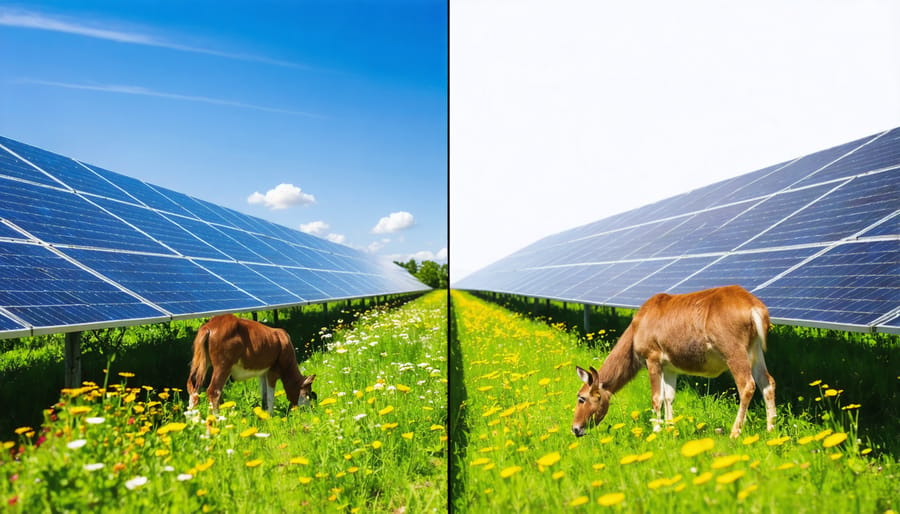
Managing Environmental Challenges
Soil and Vegetation Impact
The installation of solar farms naturally affects the soil and vegetation beneath and around the panels. While some changes are inevitable, many of these effects can be managed effectively and even create new opportunities for sustainable land use. Understanding the environmental impact of solar power on soil and vegetation helps us implement better practices.
Solar panels create partial shade patterns that can actually benefit certain plant species and help retain soil moisture, reducing water evaporation in hot climates. Many solar farms now incorporate native, shade-tolerant plants that thrive in these conditions while supporting local pollinators and wildlife.
The soil under solar installations typically remains undisturbed after initial construction, allowing it to recover and maintain its natural characteristics. Some facilities even combine solar energy production with agriculture, known as agrivoltaics, where crops or grazing animals share space with solar panels.
Modern solar farm designs often include vegetation management plans that promote biodiversity and soil health. These plans typically feature native plant species that require minimal maintenance and provide natural ground cover, preventing soil erosion and creating new habitats for local wildlife. Many facilities are finding creative ways to enhance rather than compromise the natural environment, proving that solar energy production and ecological preservation can work hand in hand.
Water Management Solutions
Effective water management is crucial for sustainable solar farm operations. While water usage in solar installations is relatively minimal compared to traditional power plants, proper management strategies ensure responsible resource use and environmental protection.
Modern solar farms employ several innovative solutions to minimize water consumption and manage runoff effectively. These include automated cleaning systems that use significantly less water than manual methods, and drought-resistant ground cover that helps prevent soil erosion while reducing the need for irrigation.
Many facilities now implement rainwater harvesting systems, collecting and storing precipitation for panel cleaning and landscape maintenance. This sustainable approach reduces dependence on local water supplies while ensuring panels maintain optimal efficiency.
Smart drainage systems are designed to direct water flow naturally, preventing erosion and maintaining local hydrology. These systems often incorporate bioswales and retention ponds, which filter runoff and support local wildlife habitats.
Some solar farms are taking water management a step further by integrating permeable surfaces between panel rows. This approach allows rainwater to naturally seep into the ground, replenishing aquifers and supporting native vegetation. Combined with drought-tolerant landscaping, these strategies create a more sustainable and environmentally friendly solar installation that conserves water while maximizing energy production.
Smart Development Practices
Site Selection Strategies
Selecting the right location for a solar farm requires careful consideration of both environmental and practical factors. Ideal sites include previously disturbed lands, such as former industrial areas, abandoned mines, or degraded agricultural land. This approach minimizes impact on native ecosystems while putting underutilized spaces to productive use.
Developers should prioritize areas with high solar potential but low ecological value. Sites should be relatively flat, receive abundant sunlight, and have good access to existing power infrastructure. It’s essential to avoid sensitive habitats, wildlife corridors, and prime farmland.
Local climate conditions, soil stability, and drainage patterns also play crucial roles in site selection. Areas prone to flooding or erosion should be avoided. Additionally, choosing locations close to existing transmission lines reduces the need for new infrastructure development.
Community engagement is vital during the site selection process. Working with local stakeholders helps identify suitable locations that balance energy production goals with environmental preservation and community needs.
Dual-Use Applications
Solar farms are becoming increasingly versatile through innovative dual-use approaches that maximize land efficiency. One popular method is agrivoltaics, which combines solar panels with agriculture. Farmers can grow shade-tolerant crops beneath elevated panels, while grazing animals like sheep help maintain vegetation. This approach not only produces clean energy but also preserves agricultural productivity.
Some solar installations are being integrated into parking lots and buildings, creating covered spaces that serve multiple purposes. These structures provide shade for vehicles while generating power, effectively utilizing otherwise unused space. Other creative solutions include floating solar farms on reservoirs and water treatment facilities, which can reduce water evaporation while generating electricity.
Wildlife corridors between panel rows and native plant gardens around solar installations create habitats for local species, turning solar farms into biodiversity sanctuaries. These dual-use strategies demonstrate how solar energy can coexist with and even enhance other land uses, making it a truly sustainable solution for our energy needs.
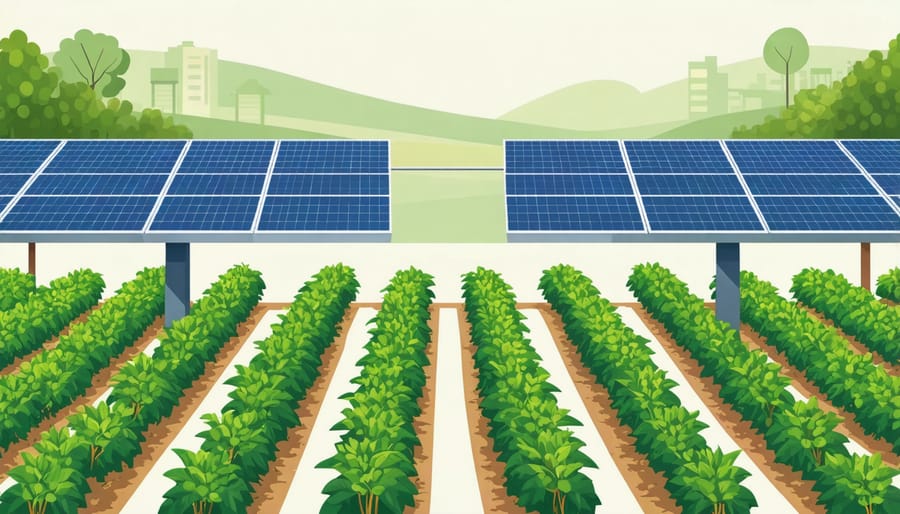
Solar farms represent a crucial step toward a sustainable energy future, though their environmental impact requires careful consideration and balanced development approaches. While these installations do have some environmental challenges, including land use and habitat modification, the benefits significantly outweigh the drawbacks when properly managed. Through thoughtful planning, solar farms can coexist with local ecosystems, support biodiversity through dual-use strategies like agrivoltaics, and provide clean, renewable energy that helps combat climate change.
The key is implementing best practices in site selection, design, and maintenance. By choosing previously disturbed lands, incorporating wildlife corridors, and maintaining native vegetation, solar developers can minimize negative impacts while maximizing clean energy production. Many solar farms are now demonstrating that with proper environmental stewardship, these installations can actually enhance local ecosystems while generating the renewable energy we need.
As we continue to expand solar energy infrastructure, maintaining this balance between clean energy production and environmental protection will be essential for creating truly sustainable development that benefits both people and planet.

